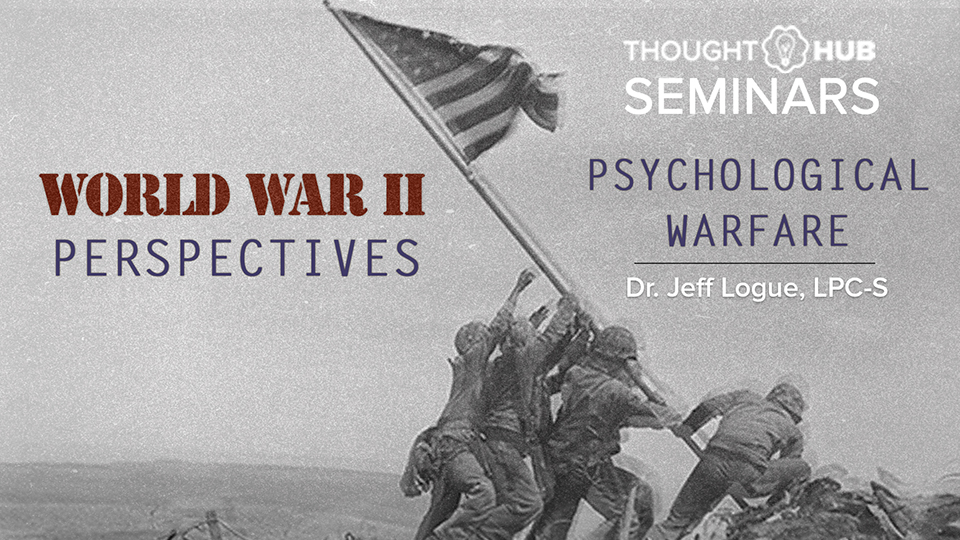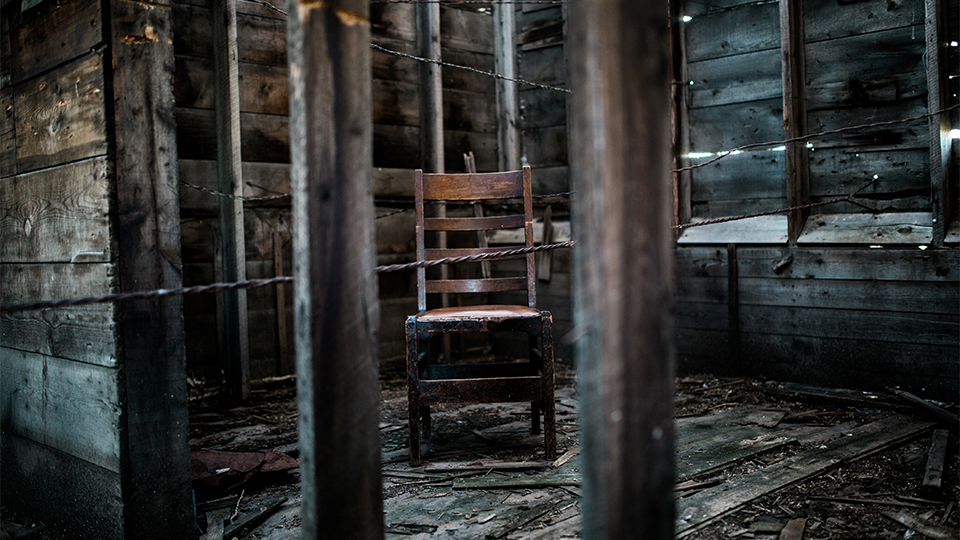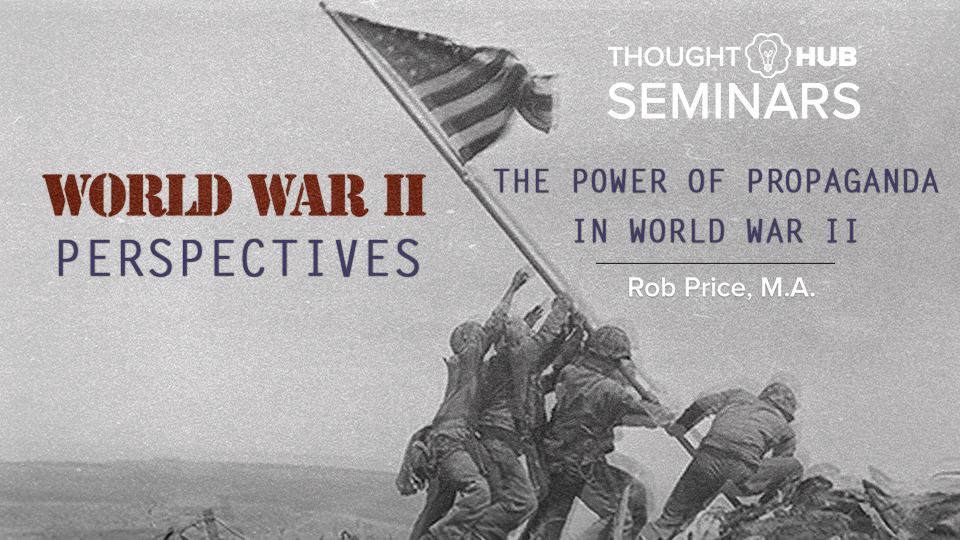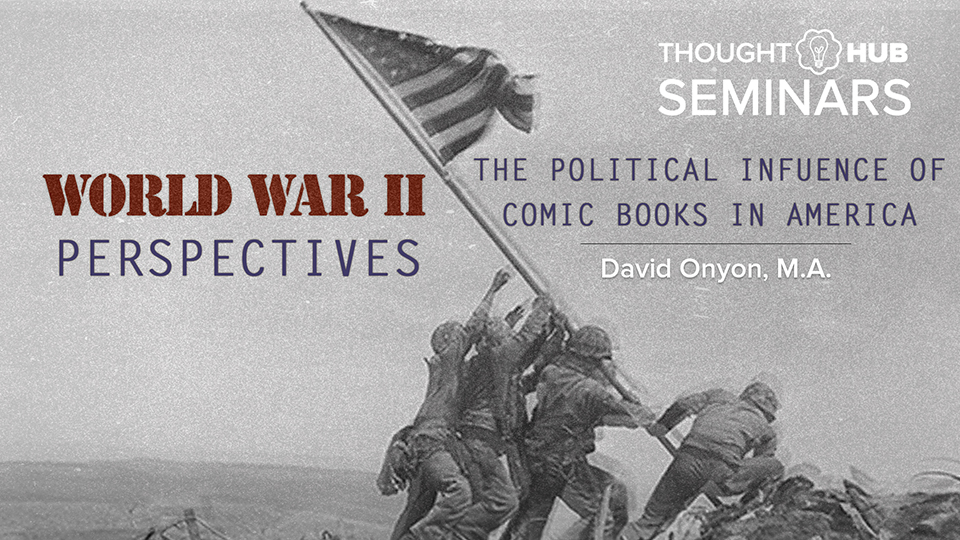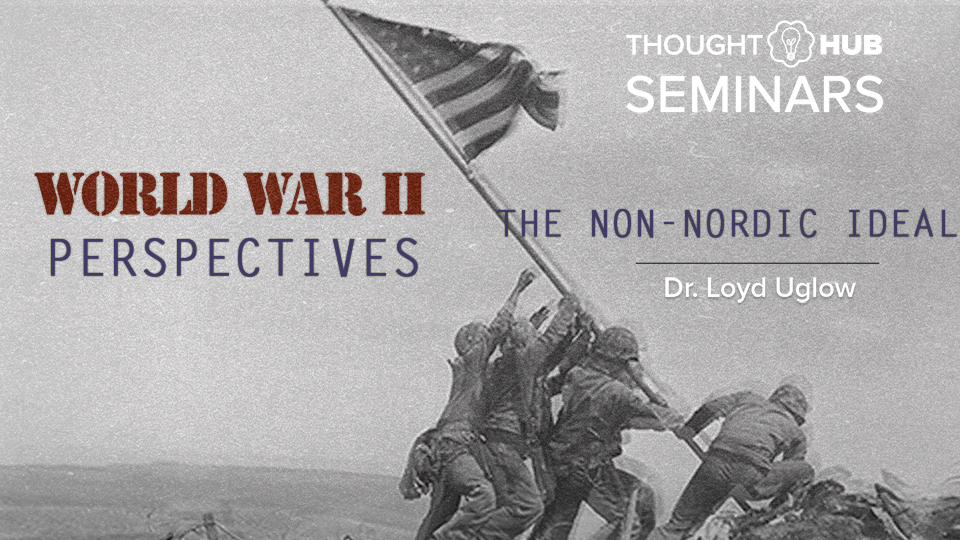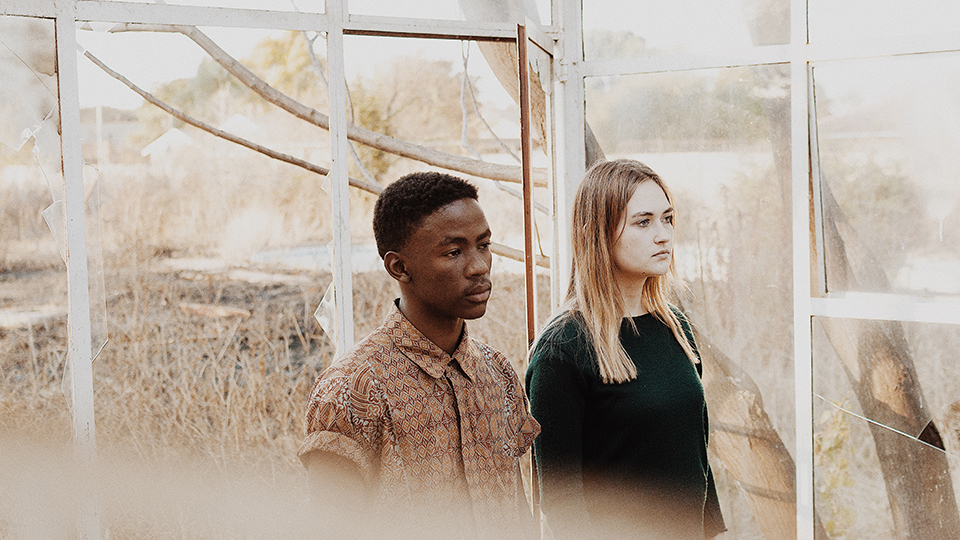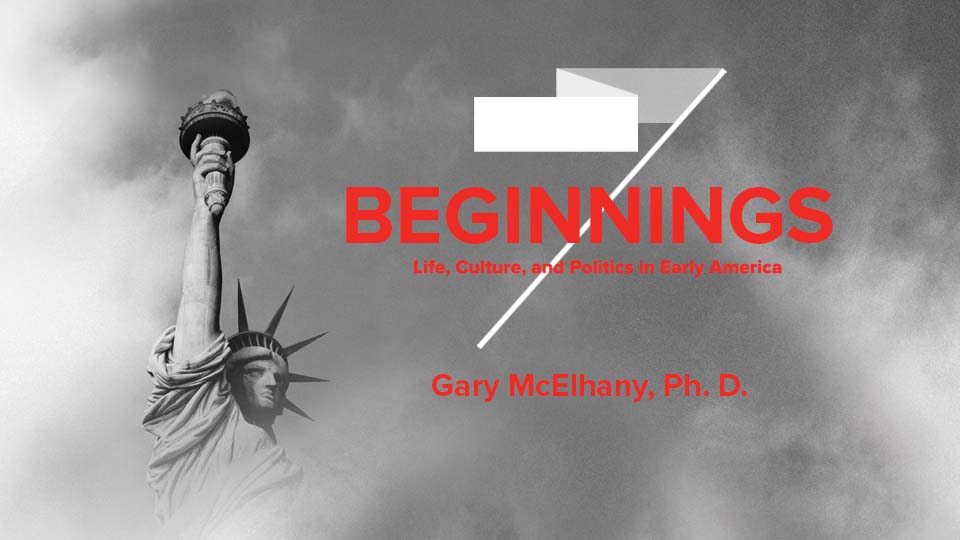How did the sport of hockey affect political history and our nation’s foreign relations? In this vlog, Professor David Onyon, M.A., discusses the impact of the Russian Five-five Russian Hockey stars who broke the mold and risked their lives to play professional hockey in the United States’ National Hockey League following the Cold War.
One of the most powerful aspects of warfare is that of psychological manipulation. But, what makes this form of warfare so effective? The power of psychological warfare is the inability to defend yourself against its effect. In this vlog, Dr. Jeff Logue shares how WWII was a vivid example of psychological warfare in the way it was employed by the Axis and Allied Powers to target the moral sentiment of soldiers.
February 3, 1945 dawned with the sounds of machine guns all around the city of Manila. Bombers flew overhead as American troops converged on the city. For an entire month, the US squeezed the Japanese Empire from the capital city of the Philippines. On March 3rd, the Battle of Manila ended. It was the end of three years of Japanese occupation of the Island of Luzon, the main Island of the Philippines. As he fled the Japanese invasion of the Philippines, General Douglas MacArthur declared that he would return and he did.
In a world before social media and the internet, how did the United States encourage and promote American citizens in the 1930s and 1940s to contribute to the war effort? The answer-propaganda and lots of it. While propaganda took many forms, perhaps its strongest and the most effective channel was Hollywood films. In this Thought Hub vlog, Rob Price, M.F.A., shares the impact of these films in America during this era and how many young filmmakers put their careers on hold to contribute to the war effort.
Did you know that comic books were used as propaganda during World War II? While adults were targeted through posters and short films that were shown before movies, American children were targeted through some of our most prominent superheroes to date such as Captain America, Superman, Batman and several others. These superheroes embodied the ideal virtues of American soldiers and demonstrated the courage and resolve needed to fight evil during World War II. In this vlog, David Onyon, SAGU History Professor, discusses how the effort to win WWII went hand-in-hand with comics.
In 1942, the German military was actually stretched so thin across all of Europe that they had no option but to open the doors to non-Germans. But why would non-Germans agree to fight for the Nazi Armies especially when Germans regarded them as an inferior race? How did the Nazis convince men from countries that they had conquered to fight in the German military? In this Thought Hub vlog on WWII Perspectives, Dr. Loyd Uglow discusses the reasoning and tactics behind this unusual turn-of-events in WWII history.
In Spring 2017, the SAGU History department hosted the seminar “Beginnings: Life, Culture and Politics in Early America.” Topics included the birth of the American Navy, Breaking the Glass Ceiling, The Electoral College, America’s Military Bands and many more. Gary McElhany, Ph.D. discusses the events that lead to the infamous Boston Massacre and how it shaped John Adams.
In Spring 2016, the history department hosted the seminar “Turning Points in 20th Century America.” Topics included legal issues, economics, marketing, history, music, church history, Christian film making and social activism. Tyrone Block, D.M.A., explains Shout Band in America’s Black Pentecostal Church during the 1900s.

